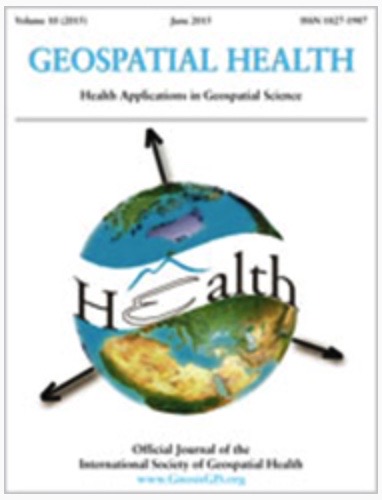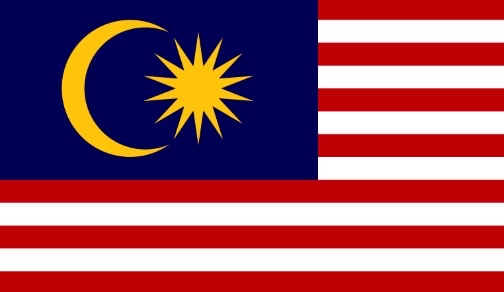Risk map for cutaneous leishmaniasis in Ethiopia based on environmental factors as revealed by geographical information systems and statistics
Published: 1 May 2014
Abstract Views: 4990
PDF: 2342
Publisher's note
All claims expressed in this article are solely those of the authors and do not necessarily represent those of their affiliated organizations, or those of the publisher, the editors and the reviewers. Any product that may be evaluated in this article or claim that may be made by its manufacturer is not guaranteed or endorsed by the publisher.
All claims expressed in this article are solely those of the authors and do not necessarily represent those of their affiliated organizations, or those of the publisher, the editors and the reviewers. Any product that may be evaluated in this article or claim that may be made by its manufacturer is not guaranteed or endorsed by the publisher.
Similar Articles
- Hafiz Hassan, Shamarina Shohaimi, Nor R. Hashim, Risk mapping of dengue in Selangor and Kuala Lumpur, Malaysia , Geospatial Health: Vol. 7 No. 1 (2012)
- Sarah K. Konrad, Scott N. Miller, Application of a degree-day model of West Nile virus transmission risk to the East Coast of the United States of America , Geospatial Health: Vol. 7 No. 1 (2012)
- Isabel Manhenje, M. Teresa Galán-Puchades, Márius V. Fuentes, Socio-environmental variables and transmission risk of lymphatic filariasis in central and northern Mozambique , Geospatial Health: Vol. 7 No. 2 (2013)
- Isabella Vilhena Freire Martins, Barbara Rauta de Avelar, Maria Julia Salim Pereira, Adevair Henrique da Fonseca, Application of a geographical information system approach for risk analysis of fascioliasis in southern EspÃrito Santo state, Brazil , Geospatial Health: Vol. 6 No. 3 (2012)
- Sunny Mak, Geocoding-protected health information using online services may compromise patient privacy - Comments on Evaluation of the positional difference between two common geocoding methods by Duncan et al. , Geospatial Health: Vol. 6 No. 2 (2012)
- Börje Ekstam, Beatha Johansson, Patrik Dinnétz, Patrik Ellström, Predicting risk habitats for the transmission of the small liver fluke, Dicrocoelium dendriticum to grazing ruminants , Geospatial Health: Vol. 6 No. 1 (2011)
- Paul J. Maliszewski, Ran Wei, Ecological factors associated with pandemic influenza A (H1N1) hospitalization rates in California, USA: a geospatial analysis , Geospatial Health: Vol. 6 No. 1 (2011)
- Camilo H. Rotela, Lorena I. Spinsanti, Mario A. Lamfri, Marta S. Contigiani, Walter R. Almiròn, Carlos M. Scavuzzo, Mapping environmental susceptibility to Saint Louis encephalitis virus, based on a decision tree model of remotelysensed data , Geospatial Health: Vol. 6 No. 1 (2011)
- Hassan M. Khormi, Lalit Kumar, Ramze A. Elzahrany, Modeling spatio-temporal risk changes in the incidence of dengue fever in Saudi Arabia: a geographical information system case study , Geospatial Health: Vol. 6 No. 1 (2011)
- Jennifer Weisent, Barton Rohrbach, John R. Dunn, Agricola Odoi, Detection of high risk campylobacteriosis clusters at three geographic levels , Geospatial Health: Vol. 6 No. 1 (2011)
You may also start an advanced similarity search for this article.











